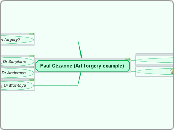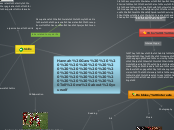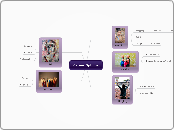door Nour Yassin 17 jaren geleden
373
Art forgery example
A fine art collector named Edger discovered a new piece of art, prompting an investigation to determine its authenticity. Three experts examined the painting using various scientific techniques.









